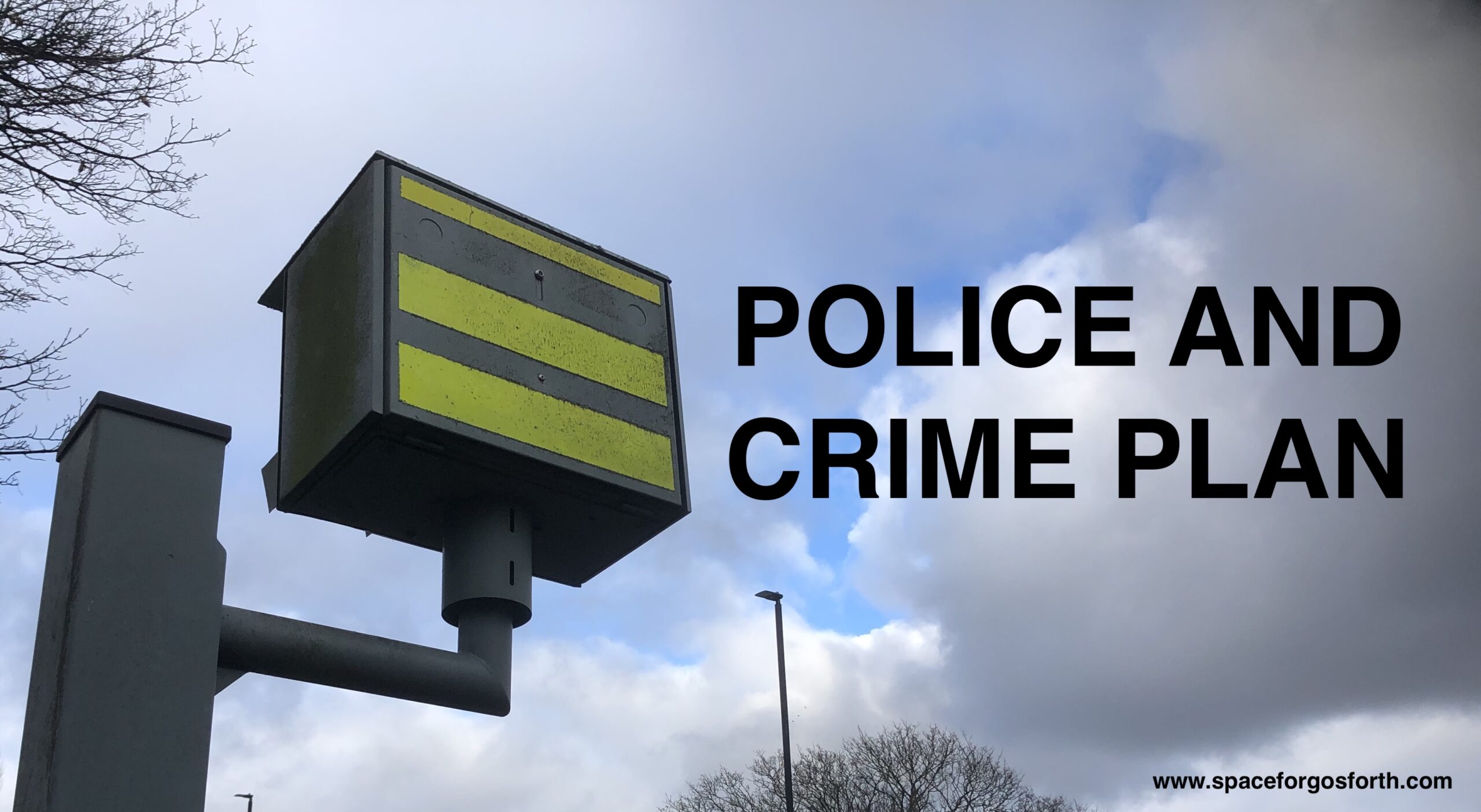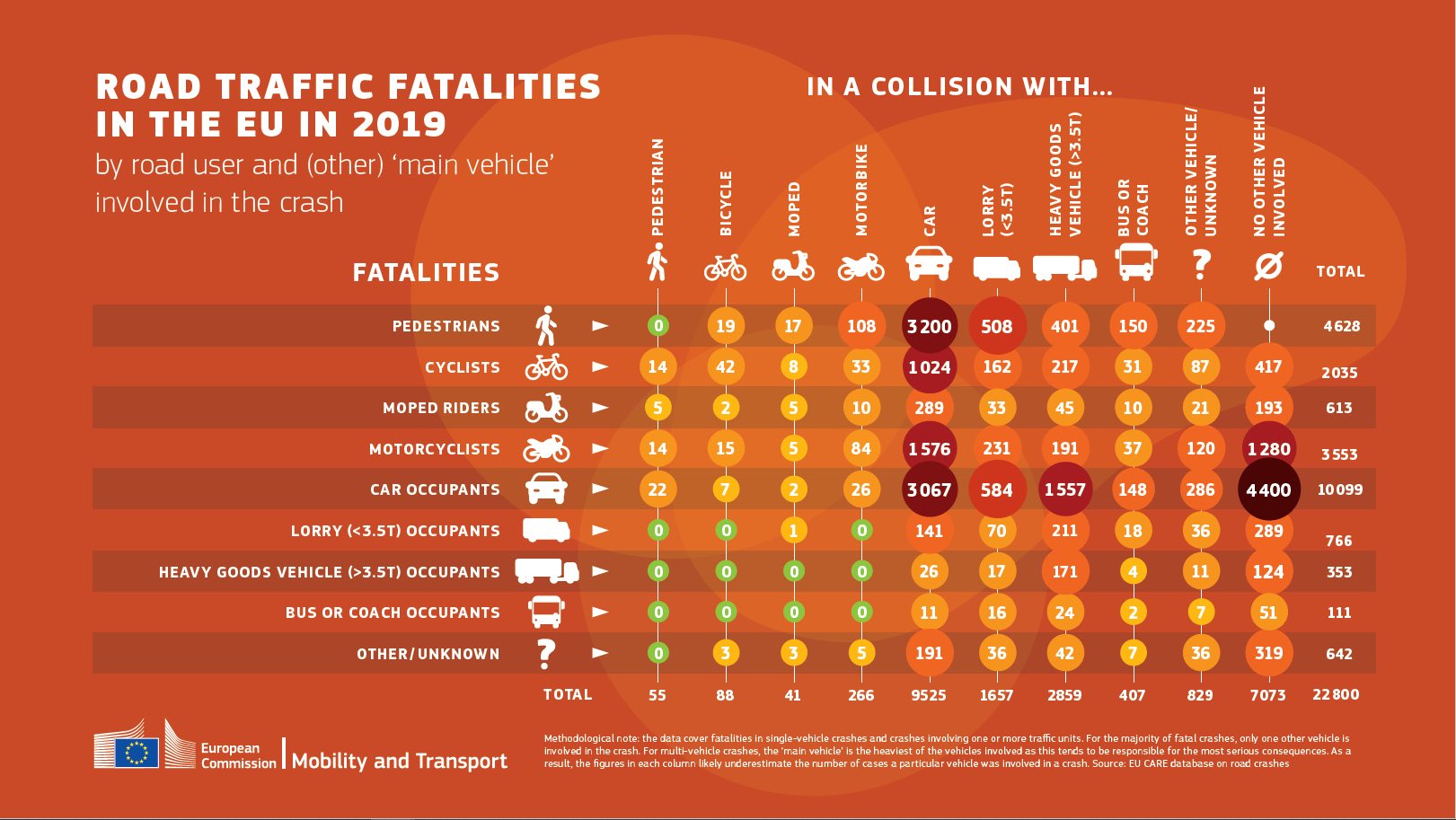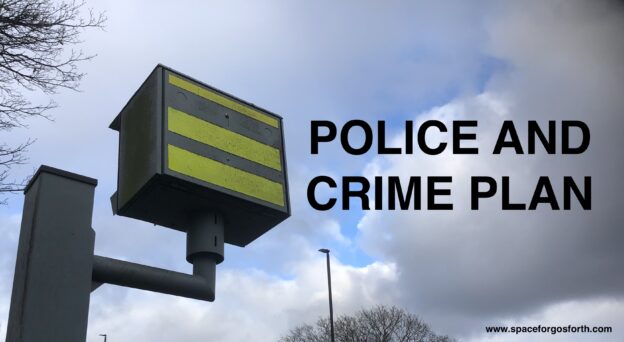
The Northumbria Police and Crime Commissioner is seeking views on crime and safety across Northumberland, Tyne & Wear for a review of the 2022 update of the Police and Crime Plan.
You can fill in the Commissioner’s survey here until 17:00 on Sunday 29 January 2023, or contact the Police and Crime Commissioner directly.
You can view the current Police and Crime plan here. The current priorities are:
- Anti-social behaviour
- Reducing crime
- Preventing violent crime
- Neighbourhood policing
- Support for victims
- Tackling Domestic abuse and Sexual Violence
The current plan includes an objective to “reduce harm on the roads and promote safer driving” and a commitment to invest in public transport safety.
https://twitter.com/NorthumbriaPCC/status/1612484193933529089
The SPACE for Gosforth response to the PCC Consultation
Dear Ms McGuinness,
Thank you for the opportunity to comment on the Northumbria Police and Crime Plan.
SPACE for Gosforth supports well-evidenced initiatives to ensure walking and cycling are safe for anyone who wishes to walk or cycle, regardless of age or ability. An important part of this is road policing, to minimise dangerous and careless driving and other behaviours that create risks for people while walking or cycling.
We support the current objective to “reduce harm on the roads and promote safer driving” but, given the level of death and injury due to road traffic collisions caused by dangerous and careless driving in the Northumbria Police area, we feel this needs to be given much greater focus.
In our response we set out why road policing should be given greater priority and four Key Areas where Northumbria Police can take action to prevent harm and save lives.
Why Road Policing Should be a Priority
According to the National Road Policing Strategy “Preventing harm and saving lives is a core mission of policing”, and that “everyone should be able to use our roads in a safe and healthy way.”
This isn’t possible now though. Between 2001 and 2018, “land transport accidents” was the second most common cause of death for 5-34 year olds in England, being the cause of a quarter of all deaths for that age group. British Social Attitude to Transport surveys have consistently found that over 60% of people “agree or strongly agree that “It is too dangerous for me to cycle on the roads”.
In the last five years 150 people were killed and 2,307 seriously injured in road traffic collisions in the Northumbria Police area. A further 10,265 people received slight injuries.
Uninsured drivers are more likely to be involved in a collision and also more likely to be involved in other criminal activity. The most recent estimates we can find suggest that in the UK as a whole 800,000 (1 in 40) drivers don’t have a license and a million (1 in 38) drive without insurance. In 2021, the Government reported that 719,000, 1.9%, of all vehicles used on the roads are untaxed.
Road Policing can help address this. Research by the Parliamentary Advisory Council for Transport Safety (PACTS) confirms that “there is clear evidence that an increase in enforcement will lead to a reduction in both fatal and serious injury collisions” and that “the risk of detection [by Police] as perceived by road users is generally held to be the most important factor in achieving successful deterrence, and in determining the overall effectiveness of road traffic law enforcement.”
The National Road Policing Strategy goes on to say that “anything which prevents the safe, lawful and fluid way in which people can travel causes significant economic loss and disruption.”
Cycling UK, amongst others, have identified that fear of traffic and harassment from other road users particularly effect women’s willingness to cycle. Enabling more people to cycle fits with the Commissioner’s Fighting Poverty strategy as being able to cycle local journeys has been estimated to be equivalent to a 8% pay rise.
Even what might be considered minor road offences can have serious consequences. A report by Guide Dogs found that “Four in five people with sight loss said pavement parking causes them a problem at least every week, and around half them saying it was a daily difficulty. – One in five people with sight loss has been injured because of a vehicle parked on the pavement. – Almost a third (31 per cent) of people with sight loss said that pavement parking made them less willing to go out on their own.”
Four Key Actions to Prevent Harm and Save Lives
1. Set a “Vision Zero” target of no one to be killed or seriously injured on the region’s roads in line with the North East Transport Plan 2025 objective.
We would like Northumbria Police to adopt an objective similar to the Police and Crime Plan for London 2022-25, which says: “The Mayor will continue to work with TfL, the MPS and local authorities to achieve Vision Zero for London’s streets by reducing illegal, reckless and dangerous road user behaviour which contributes to fatal and serious injury collisions.”
2. Create a Road Danger Reduction Unit to:
- Ensure road crime is given the same priority as other crimes that cause similar levels of harm measured in terms of deaths, serious and slight injuries, impact on local communities and other personal and economic loss, including the negative impact of dangerous and careless driving on people’s travel choices.
- Set clearly defined objectives and key performance indicators.
- Lead on implementing best practice road policing in the Northumbria Police area, building on work done by the West Midlands Road Harm Reduction team and the Metropolitan Police Road Crime team.
- Create an analytical capability to identify risks and threats on the road network, particularly focused on the sources of danger. Figure 1 below shows the EU analysis of which types of vehicle are the greatest source of road danger.
- Continue to focus on the ‘Fatal 4’ most dangerous behaviours: speed, distractions, drink/drug driving and not wearing seatbelts.
- Create ‘template’ road safety initiatives to address sources of road danger for use by local teams e.g. for speeding or obstructing pavements, with regular evaluation to establish their effectiveness.
- Publish information on road crime, sanctions given, and the impact of road safety initiatives.
- Establish best practice for media communications in line with the Media Road Collision Reporting Guidelines to ensure accurate reporting of road traffic collisions.
- Creating a communication strategy for communicating with drivers and other road users that present dangers to others using examples from Police enforcement activities (A) to reinforce the need to drive safely and not put others at risk and (B) to make clear that failure to drive in a safe and considerate manner will lead to prosecution by the police.
- Work with Local Authorities and other partners using a ‘Safe Systems‘ approach to road safety, supporting updates to road design and other local changes to cut traffic deaths and serious injury, and best-practice in post-crash care for victims of road traffic collisions.
- Achieve the Police and Crime Commissioner’s Vision Zero target.

Figure 1. Road Traffic Fatalities in the EU in 2019 by road user and (other) ‘main vehicle’ involved in the crash.
3. Support Community Road Policing by
- Enabling local teams to tackle residents concerns over anti-social driving such as speeding and pavement parking, using template operations created by the Road Danger Reduction Unit.
- Responding to community feedback on concerns to update and create new enforcement operations based on existing best practice like OpClosePass, OpZigZag, OpParkSafe all developed by West Midlands Police.
- Continuing to support and improve dash-cam reporting to allow members of the public to submit evidence of road crimes.
- Using road policing as a way of disrupting other criminal behaviour.
- Increasing the use of technology where it will be effective at reducing harm, e.g. average speed cameras to prevent speeding on main roads, reducing bike theft.
- Promoting walking and cycling, which pose little threat to other road users, by taking positive and co-ordinated action to increase safety and address barriers.
- Enabling effective communication of the sources and impact of road danger, addressing “motornormativity” bias that leads people to underestimate the impact of road crime, and ensuring people understand that if they speed or break other traffic laws that put people in danger there is a substantial chance they will be caught and prosecuted.

Figure 2 Why speed enforcement matters, including in 20mph zones.
4. Support Net Zero by
- Setting a Net Zero target, to align with Local Authorities in the Northumbria Police area.
- Create a Net Zero action plan to set out how Northumbria Police will meet that target.
- Create a Net Zero Policing Strategy that (A) sets out how Policing will adapt to the impact of more extreme weather events and (B) sets out the action to be taken to prevent criminal behaviour that undermines or prevents others from reducing their carbon footprint e.g.
- dangerous driving that discourages people from walking or cycling,
- anti-social behaviour on public transport, or
- vehicles with catalytic converters or diesel particulate filters removed.
These Net Zero actions, together, will help reduce future harm and lives lost in the UK and abroad due to the Climate Crisis.
Conclusion
Thank you again for the opportunity to comment on the Police and Crime Plan. This is an incredibly important aspect of policing that aligns with five of six of the current Police and Crime Plan priorities.
Road crime is anti-social, with many violent deaths and serious injuries, impacting on every neighbourhood in the Northumbria Police area.
Even ‘minor’ road crime prevents parts of society, especially women, children, older residents and people with disabilities from travelling how they want to.
We hope appropriate focus can be given to road crime to mitigate the risks and achieve Vision Zero.
SPACE for Gosforth
www.spaceforgosforth.com
Useful Links
- The Police Reform and Social Responsibility Act 2011
- Roads Policing: Not optional – An inspection of roads policing in England and Wales, HMICFRS July 2020
- National Roads Policing Strategy 2022 – 2025, NPCC April 2022
- Roads policing and its contribution to road safety, PACTS
- Roads policing, College of Policing
- A strategic review that describes the state of roads policing in 2019. National Police Chiefs Council (NPCC)
- BRAKE Safe Systems approach to road safety
- RoadPeace guidance on Traffic Law Enforcement
- The Effectiveness of Average Speed Cameras in Great Britain, RAC Foundation
- Vision Zero Action Plan, Transport for London
- North East Transport Plan, Transport for the North East


As part of the ‘Is Your Vision Roadworthy?’ campaign, 898 roadside tests were carried out between 27 February and 12 March.
Those selected were asked to read a car number plate from 20 metres.
A total of 2.2% were failed – the equivalent of approximately 900,000 motorists.
Three quarters of those who failed the number plate test were men, while advancing years ‘also increased a driver’s risk of falling’.
The average age of failures was 69.3 years. The youngest driver to fail was 30 and the oldest 90 years of age.
Of those who failed, 85% had their licence revoked on the spot.
Source: https://roadsafetygb.org.uk/news/motorists-vision-falling-short-of-legal-eyesight-standards/
IAM RoadSmart has expressed concerns about the percentage of at-work drivers who believe it’s acceptable to drive under the influence of drink and drugs.
The concerns follow the findings of a survey, which the charity says has revealed the stark difference between the behaviours of company car drivers and other road users
The survey, which questioned the safety attitudes and behaviours of more than 2,000 motorists, found 31% of those driving for work believe driving after using Class A drugs such as cocaine and ecstasy is acceptable, compared to 5% of non-company car drivers.
More than a quarter of company car drivers (26%) felt it was acceptable to drive when they may have drunk too much alcohol, and 24% would drive after using cannabis.
In both cases, only 5% of non-company car drivers felt it was acceptable.
Elsewhere, 21% of company car drivers had regularly or often ignored a red light within a 30-day window, compared to 3% of other drivers.
The survey also found that 21% of at-work drivers often read a text or email while driving. Again, only 3% of other drivers admitted to this.
Source: https://roadsafetygb.org.uk/news/urgent-action-needed-to-improve-behaviours-of-at-work-drivers/
Vehicle speed compliance statistics for Great Britain: 2021
In 2021, under free-flowing traffic conditions, 51% of car drivers exceeded the speed limit on 30mph roads compared to 48% on motorways and 11% on national speed limit single carriageway roads.
https://www.gov.uk/government/statistics/vehicle-speed-compliance-statistics-for-great-britain-2021/vehicle-speed-compliance-statistics-for-great-britain-2021